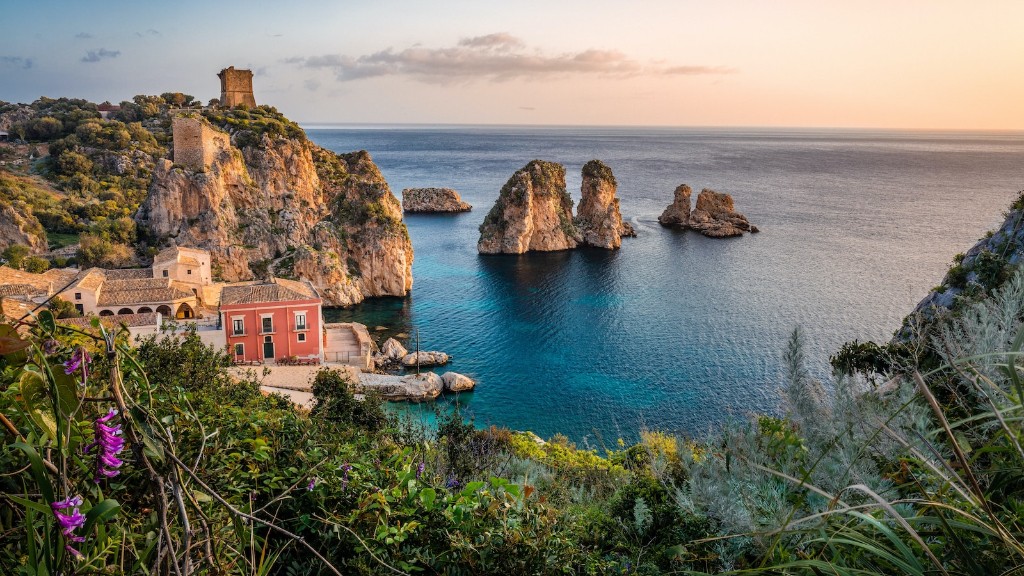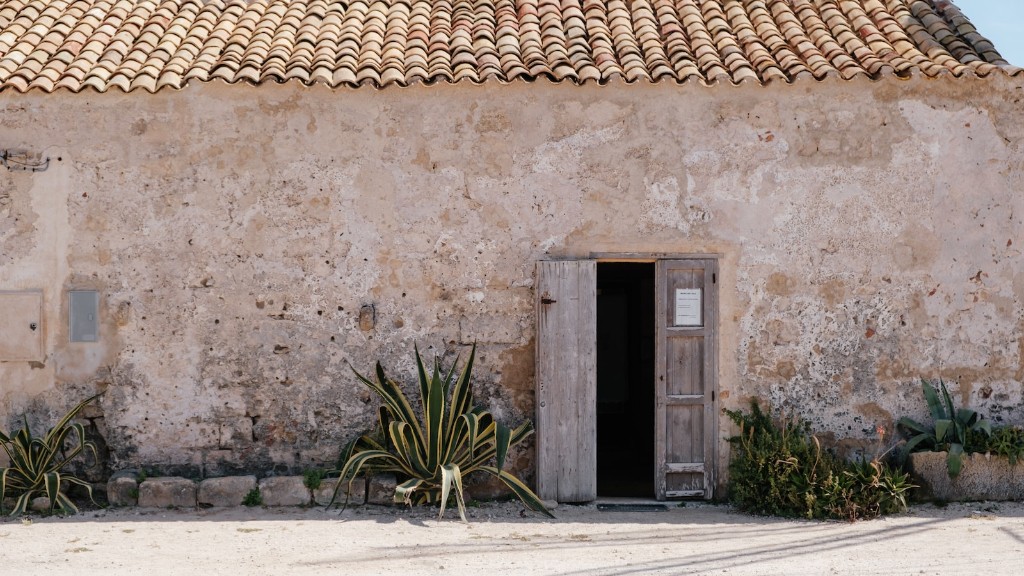Italy: A Haven for Agriculture
Italy, known for its rich history, stunning landscapes, and diverse culture, is also home to prosperous agricultural regions. The country’s unique climate, fertile soils, and centuries-old farming traditions have made it an ideal location for agricultural practices. From the northern regions to the sun-kissed islands, several cities in Italy embrace and thrive on agriculture.
Tuscany: The Land of Rolling Hills and Vineyards
Tuscany, situated in central Italy, is renowned for its picturesque landscapes dominated by rolling hills and vineyards. This region is a paradise for wine enthusiasts, as it is home to some of Italy’s most famous wine production areas, including Chianti and Brunello di Montalcino. The warm Mediterranean climate and the hilly terrains create ideal conditions for grape cultivation.
The world-famous Tuscan olive oil also originates from this region. The olive groves, mainly located in the provinces of Florence, Siena, and Arezzo, produce high-quality extra virgin olive oil. The combination of the climate, distinct soil composition, and traditional harvesting techniques make Tuscan olive oil highly sought after.
Emilia-Romagna: The Food Basket of Italy
Emilia-Romagna, situated in northern Italy, is often referred to as the food basket of Italy. This region is known for its agricultural diversity and high-quality food products. The fertile Po Valley, which stretches across Emilia-Romagna, provides rich soils for cultivating crops such as grains, corn, and vegetables.
Parma, a city within Emilia-Romagna, is famous for its production of Parmigiano-Reggiano, one of Italy’s most esteemed cheeses. The traditional methods and strict regulations in the production of this cheese contribute to its exceptional taste and quality.
Bologna, the capital city of the region, is hailed for its renowned cured meat products, including prosciutto di Parma and mortadella. The art of meat processing has been perfected in this city, attracting food connoisseurs from around the world.
Sicily: Ancient Traditions and Citrus Groves
Sicily, the largest island in the Mediterranean Sea, is known for its ancient traditions and stunning landscapes. The fertile volcanic soils and the mild climate favor the growth of various crops, including olives, grapes, almonds, and pistachios.
The region’s citrus groves are particularly famous, producing varieties such as blood oranges, lemons, and mandarins. The unique combination of the island’s weather patterns and volcanic terrains yields citrus fruits with exceptional aroma and flavor.
Piedmont: The Land of Truffles and Fine Wines
Piedmont, nestled in the northwest of Italy, is renowned for its truffles and world-class wines. The region’s fertile soils and favorable climate provide an ideal environment for cultivating grapes, making Piedmont the home of famous wines such as Barolo and Barbaresco.
Alba, a city in the Piedmont region, is considered the truffle capital of Italy. The valuable white truffles, found in the forests surrounding the city, are highly sought after by chefs and gastronomy enthusiasts worldwide.
Insights and Analysis
Italy’s rich agricultural heritage extends beyond these mentioned regions. Each area of the country has its own unique agricultural specialties, ranging from rice in the Po Valley to wine production in the south. The combination of favorable climates, diverse terrains, and ancient farming traditions has allowed Italy to yield an abundance of high-quality agricultural products.
The importance of agriculture in Italy goes beyond just culinary delights. It plays a significant role in the country’s economy, job creation, and cultural preservation. The cultivation and production of traditional agricultural products have been passed down through generations, maintaining the authenticity and uniqueness of Italian cuisine.
Future Opportunities and Challenges
While Italy’s agricultural sector thrives, it also faces certain challenges. The aging population of farmers and the increasing demand for sustainable practices pose considerable hurdles. However, these challenges bring forth opportunities for innovation and modernization in the sector. By embracing technological advancements and investing in sustainable farming practices, Italy can continue to lead in agricultural excellence.
Furthermore, the promotion of agritourism, where visitors can experience farm life and taste local produce, can contribute to the growth of rural areas and provide economic stability for farmers.
Conclusion
Italy, with its thriving agricultural regions and centuries-old farming traditions, continues to be an agricultural powerhouse. From Tuscany’s rolling hills and vineyards to Sicily’s citrus groves, each region offers a unique agricultural experience. The rich diversity of Italian cuisine stems from these regions, creating a culinary tapestry admired worldwide. The future of Italian agriculture lies in sustainable practices and embracing innovation, ensuring the preservation of its cultural heritage for generations to come.




